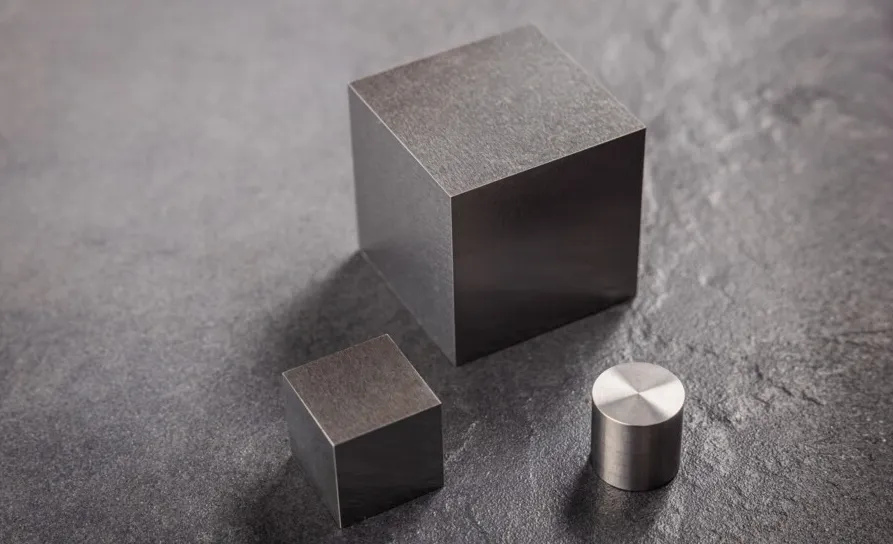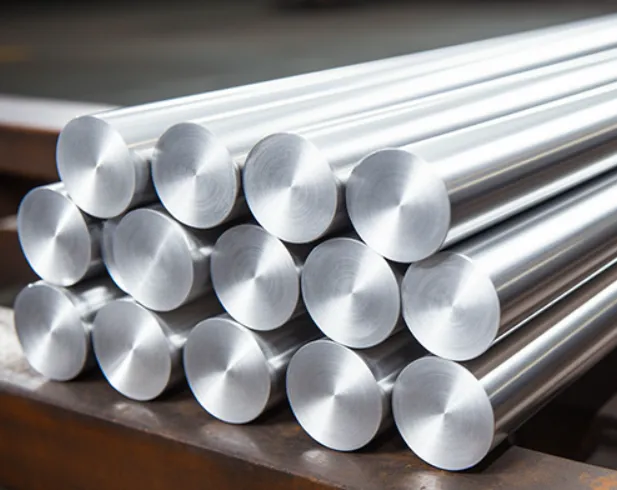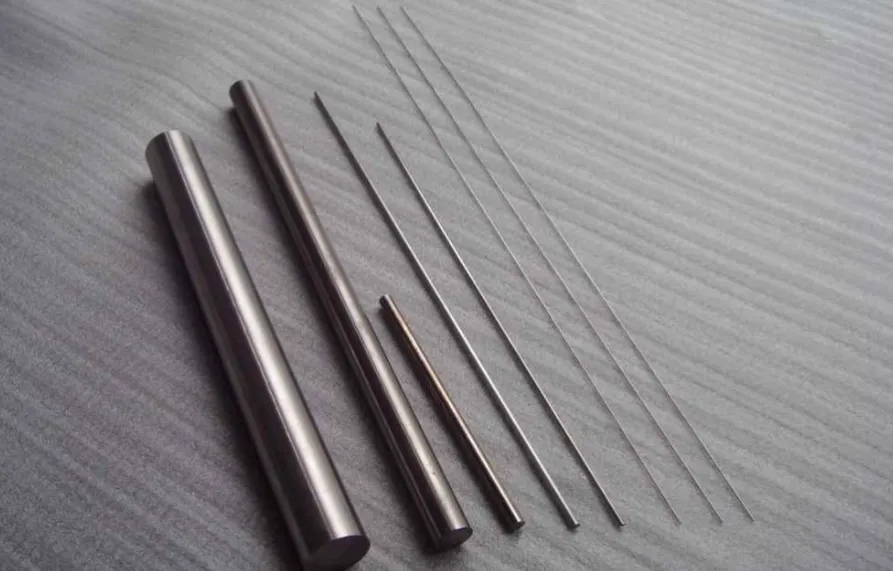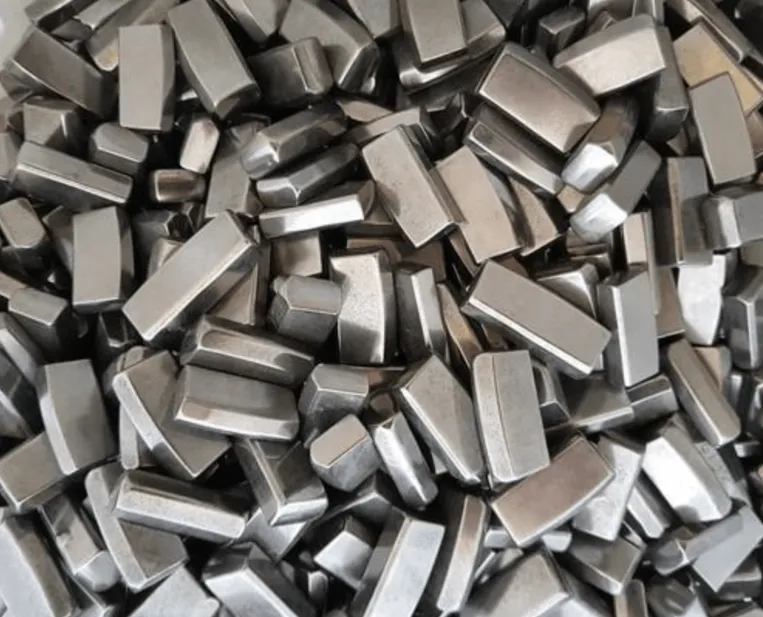Tungsten steel, often referred to as “Tungsten carbide,” is a powerful material known for its exceptional hardness and strength. It has become increasingly popular in various industries, from manufacturing to jewelry, due to its unique properties. This article aims to provide a comprehensive introduction to tungsten steel, including its composition, properties, processing methods, and applications.
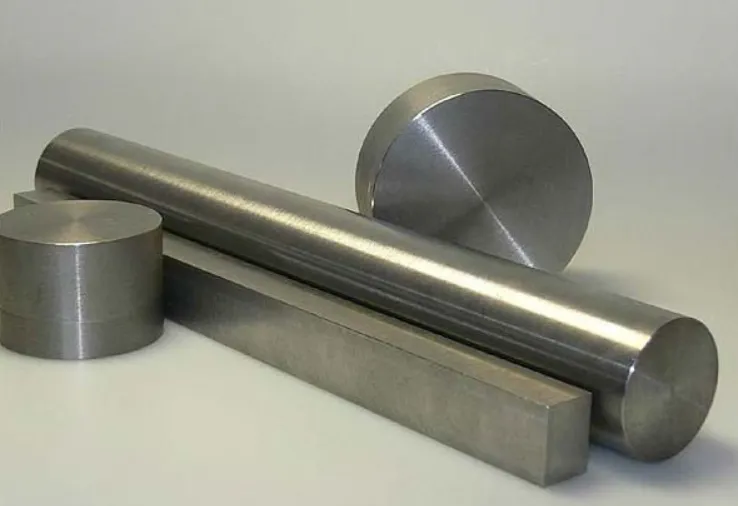
What is Tungsten Steel?
Tungsten steel is primarily an alloy made from tungsten and carbon, achieving remarkable hardness and durability. The high tungsten content, typically ranging around 70-95%, combined with carbon, allows the material to reach a hardness level of 8.5-9 on the Mohs scale, making it one of the hardest substances available.
Properties of Tungsten Steel
1. Hardness and Durability
Tungsten steel’s most notable characteristic is its incredible hardness. It is nearly as hard as diamond, which gives it outstanding wear resistance. This property is particularly useful in tools and machinery that experience high levels of friction.
2. Tensile Strength
Tungsten steel exhibits exceptional tensile strength, making it an ideal choice for applications that require resistance to deformation under stress. The material can withstand high loads without bending or breaking, ensuring longevity and reliability.
3. Corrosion Resistance
One of the advantages of tungsten steel is its resistance to corrosion. The carbide form of tungsten is less likely to react with other substances, making it suitable for use in harsh environments where exposure to moisture and other corrosive elements is common.
4. Heat Resistance
Tungsten steel can withstand high temperatures without losing its hardness, making it effective in applications that involve extreme heat. This property is essential in industries like aerospace and manufacturing, where materials must endure significant temperature fluctuations.
Processing Methods
The production of tungsten steel typically involves the following steps:
-
Powder Metallurgy: Tungsten carbide is often produced using a powder metallurgy process. Tungsten and carbon powders are mixed and then compacted into a mold before being heated. This process allows for greater control over the material’s properties, resulting in high-quality tungsten steel.
-
Sintering: After the initial compaction, the material is subjected to a heat treatment called sintering. During this process, the powdered material is heated to a point just below its melting temperature, causing the particles to fuse together and form a solid piece.
-
Machining and Finishing: Tungsten steel can be machined using specialized equipment due to its hardness. It can be shaped into various forms, including tools, rings, and industrial parts, and then finished to achieve the desired surface quality.
Applications of Tungsten Steel
Tungsten steel’s remarkable properties make it suitable for a wide range of applications:
-
Industrial Tools: Tungsten steel is widely used for drilling, milling, and cutting tools due to its hardness and wear resistance. It significantly reduces tool wear and enhances cutting performance.
-
Jewelry: In recent years, tungsten steel has become popular in the jewelry industry, particularly for wedding bands and fashion rings. Its scratch-resistant nature and durability make it an attractive choice for those seeking long-lasting jewelry.
-
Aerospace and Defense: Components made from tungsten steel are used in aircraft and military equipment, where strength and resistance to wear are critical for performance and safety.
-
Mining and Oil Extraction: Tungsten steel tools are essential in mining and oil drilling operations, where the material’s strength and resistance to wear are necessary to withstand harsh conditions.
Conclusion
Tungsten steel is a remarkable material that offers unparalleled hardness, strength, and durability. Its unique properties have made it an indispensable choice across various industries, from manufacturing to fashion. As technology advances and industries seek materials that can withstand extreme conditions, the demand for tungsten steel is likely to continue growing, solidifying its place as a premier material for high-performance applications. Understanding its properties and applications can help industries leverage tungsten steel effectively, ensuring longevity and efficiency in their operations.

